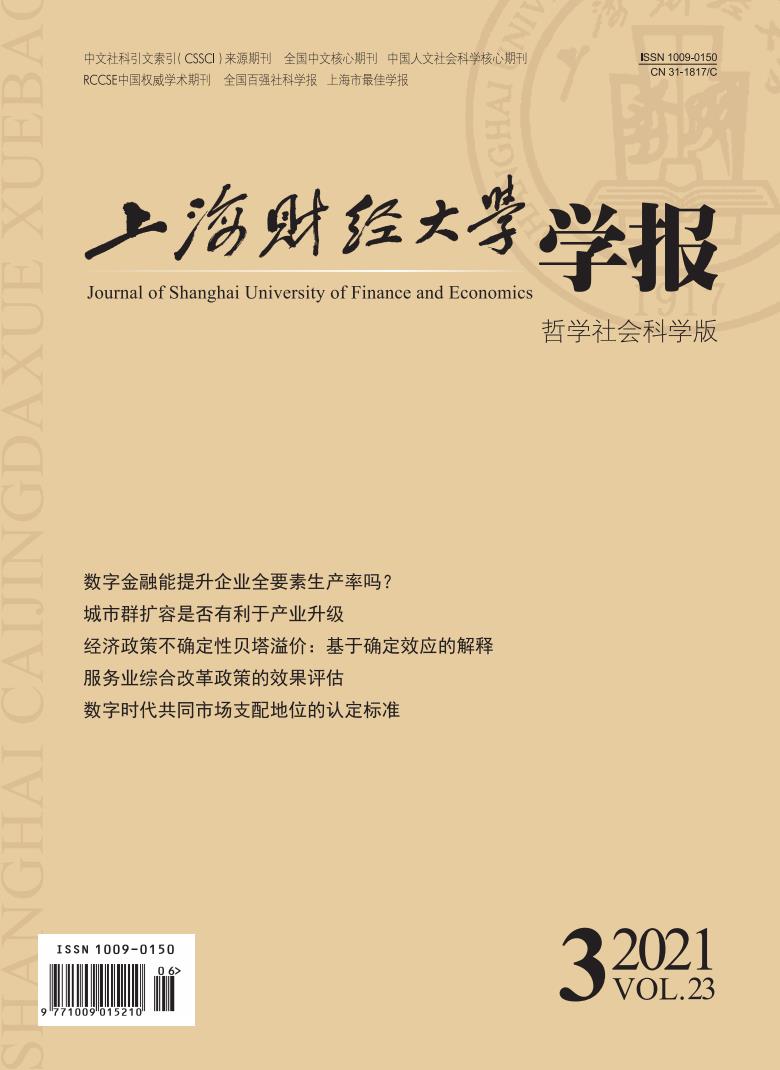At present, digital economy, of which the key production factors are information and data, grows and develops rapidly. It provides a new opportunity for China to change its development mode and promote the transformation of economic growth from factor-driven to data-driven. However, it should not be ignored that there is still a serious problem of “digital divide” among regions in China. Digital economy not only provides new opportunities for the rapid development of underdeveloped regions, but also brings them new challenges. It may aggravate the imbalance of regional economic development during the initial stage of digital economy. In this context, this paper uses the panel data model to empirically study the impact of digital economy on China’s economic growth, and further estimates the impact of digital economy on the economic growth of different regions by using the panel threshold model, so as to judge whether the digital economy can help underdeveloped regions to achieve catch-up growth or further widen the gap between underdeveloped regions and developed regions. The results show that: Firstly, on the whole, digital economy can break the space limitation, promote the formation of scale economy effect, reduce the average production cost, and then provide power for economic growth. Secondly, digital economy has a nonlinear impact on regional economic growth, which is mainly reflected in the stronger role in promoting the development of developed regions. After the treatment of endogenous problems and the robustness test, this conclusion still holds. Therefore, digital economy is not conducive for underdeveloped regions to achieve catch-up growth, and even the gap between underdeveloped regions and developed regions is growing. Thirdly, from the perspective of industrial composition, regions with higher secondary industry development can make full use of the “integrated market” advantage brought by the development of digital economy to expand the market scale and increase the added value of industry by taking the preemption advantage. The underdeveloped regions of the secondary industry have no relative advantage, so it is difficult to benefit from the “integrated market”. Digital economy not only promotes the tertiary industry in regions with higher tertiary industry development, but also promotes the tertiary industry in regions with lower tertiary industry development, and it plays a more important role in promoting the tertiary industry in regions with higher tertiary industry development. Finally, China’s regional digital divide is reflected not only in the digital infrastructure, but also in the digital use gap and capacity gap, which is more obvious in the secondary industry and the tertiary industry. In regions with higher development of digital economy, the promotion of digital economy to industrial development is also stronger.
 / Journals / Journal of Shanghai University of Finance and Economics
/ Journals / Journal of Shanghai University of Finance and EconomicsJournal of Shanghai University of Finance and Economics
LiuYuanchun, Editor-in-Chief
ZhengChunrong, Vice Executive Editor-in-Chief
GuoChanglin YanJinqiang WangWenbin WuWenfang, Vice Editor-in-Chief
Digital Economy and Regional Economic Growth: Advantages or Disadvantages?
Journal of Shanghai University of Finance and Economics Vol. 23, Issue 03, pp. 19 - 31,94 (2021) DOI:10.16538/j.cnki.jsufe.2021.03.002
Summary
References
Summary
Cite this article
Yang Wenpu. Digital Economy and Regional Economic Growth: Advantages or Disadvantages?[J]. Journal of Shanghai University of Finance and Economics, 2021, 23(3): 19-31.
Export Citations as:
For
ISSUE COVER
RELATED ARTICLES




 7007
7007  8826
8826

